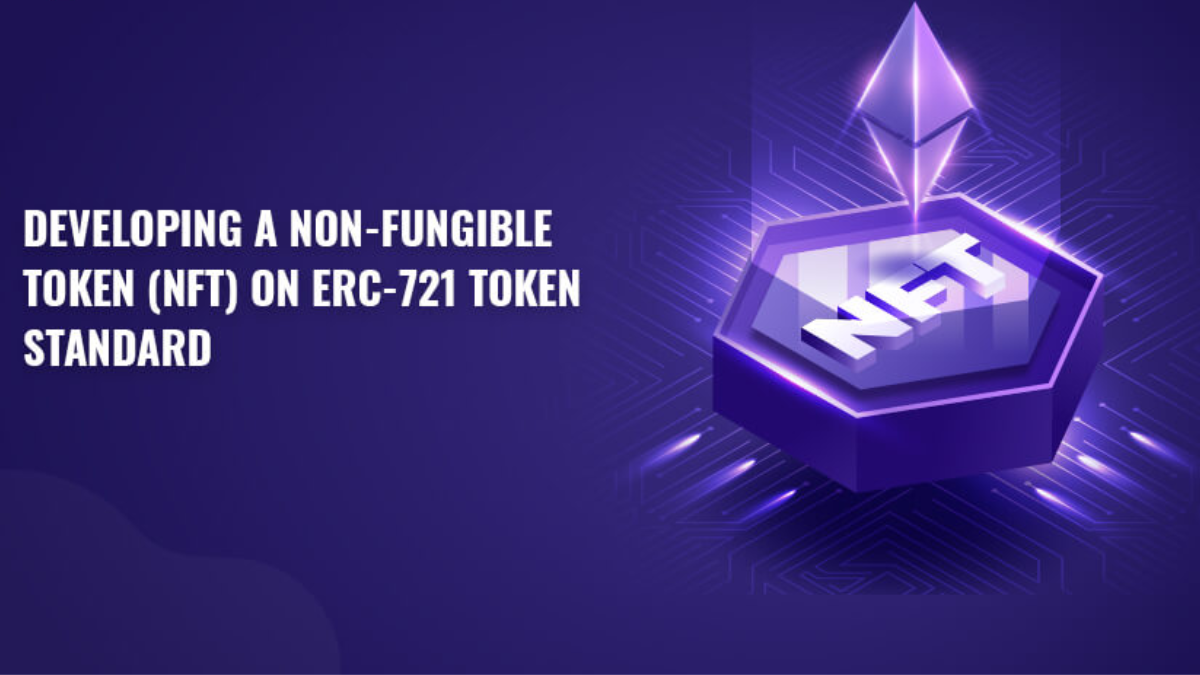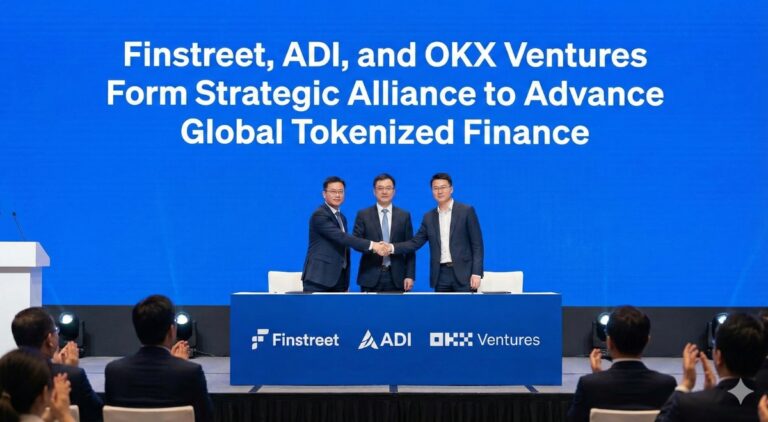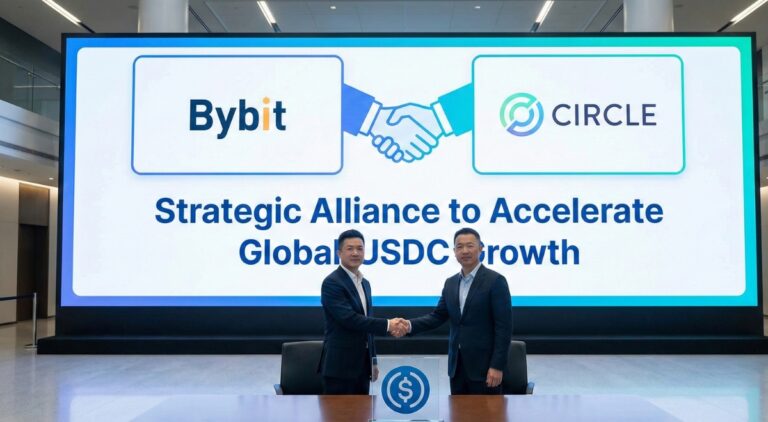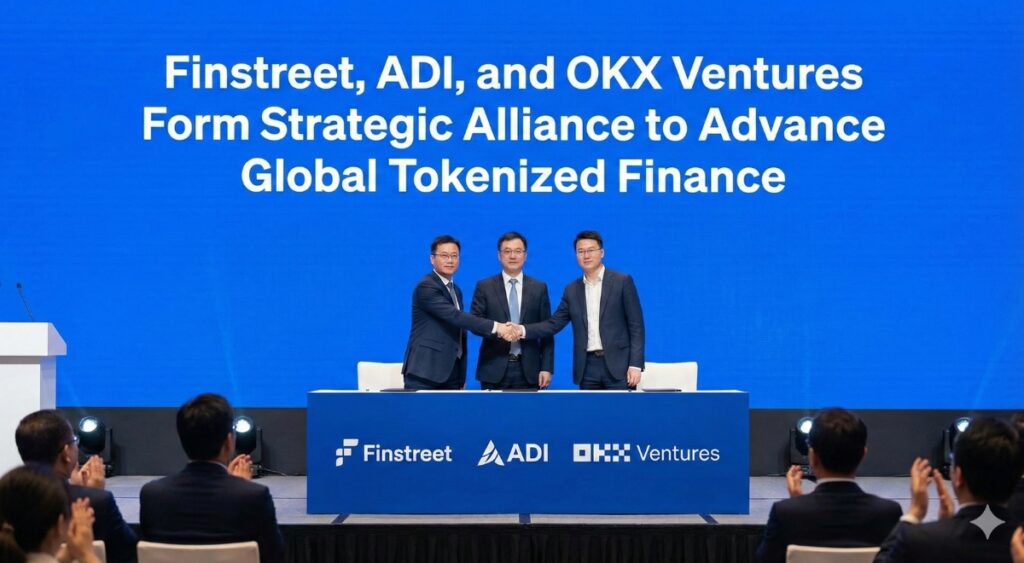Since Beeple’s NFT sold for a whopping $69 million in early 2021, the popularity of NFTs has exploded. Digital art creators have found a place in the NFT ecosystem, with NFT marketplaces constantly raking in substantial monthly trade volumes. However, besides the hype, more needs to be said about the technology that initially supported the rise of NFTs: ERC 721.
This article will discuss what ERC 721 is and how it has supported the NFT concept as we currently know it.
What is ERC 721?
Ethereum Request for Comments (ERC) 721 is simply a standard for creating NFTs. Here’s an example: you intend to cook a meal, and you have a cookbook that every chef has agreed to use in cooking that meal. That cookbook is the standard for cooking the meal because every other chef has agreed to follow its steps. The ERC 721 standard is much similar. It was created in early 2018 by William Entriken, Dieter Shirley, Natassia Sachs, and Jacob Evans.
The standard is the widely accepted format for creating non-fungible tokens on the Ethereum platform. ERC 721 enables developers to mint unique tokens through uniform code written into a smart contract. This is what produces the non-fungibility of NFTs. To clarify, NFTs are fungible because they cannot be exchanged. Essentially, each token is different. This is why every NFT can be linked to a specific underlying asset.
The ERC 721 standard also dictates the metadata format of NFTs. In this case, the metadata refers to the underlying details which describe the properties of an NFT. The metadata includes details like the NFT’s total supply, name, and transactional history.
So far, the ERC 721 standard has grown to become one of the most famous NFT standards in the blockchain ecosystem. ERC 721 NFTs are accepted on notable marketplaces like OpenSea and Rarible. CryptoKitties, one of the most popular NFTs ever released, also adopted the ERC 721 standard.
Other Standards in the Game
Since the rise of ERC 721, other blockchain platforms have equally developed NFT creation standards. For instance, BNB Chain recently released its NFT metadata standards. The standards are BEP-721 and BEP-1155. These standards determine the NFT creation format on the BNB chain ecosystem.
A few days ago, Ripple also announced that its developers had created an NFT standard called XLS-20. XLS-20 is expected to provide a seamless NFT creation experience for developers. It includes auctioning features and supports NFT operations like enumeration. According to Ripple, the standard reduces the errors and security risks that occur with NFT creation. The Cardano blockchain also has an NFT standard called CIP 25.
Ultimately, while many other blockchain platforms have released their NFT standards, many of these standards are extensions of ERC-721. Thus, while ERC-721 is not without its flaws, it is still a significant reference source for NFT standards in the blockchain ecosystem.
















